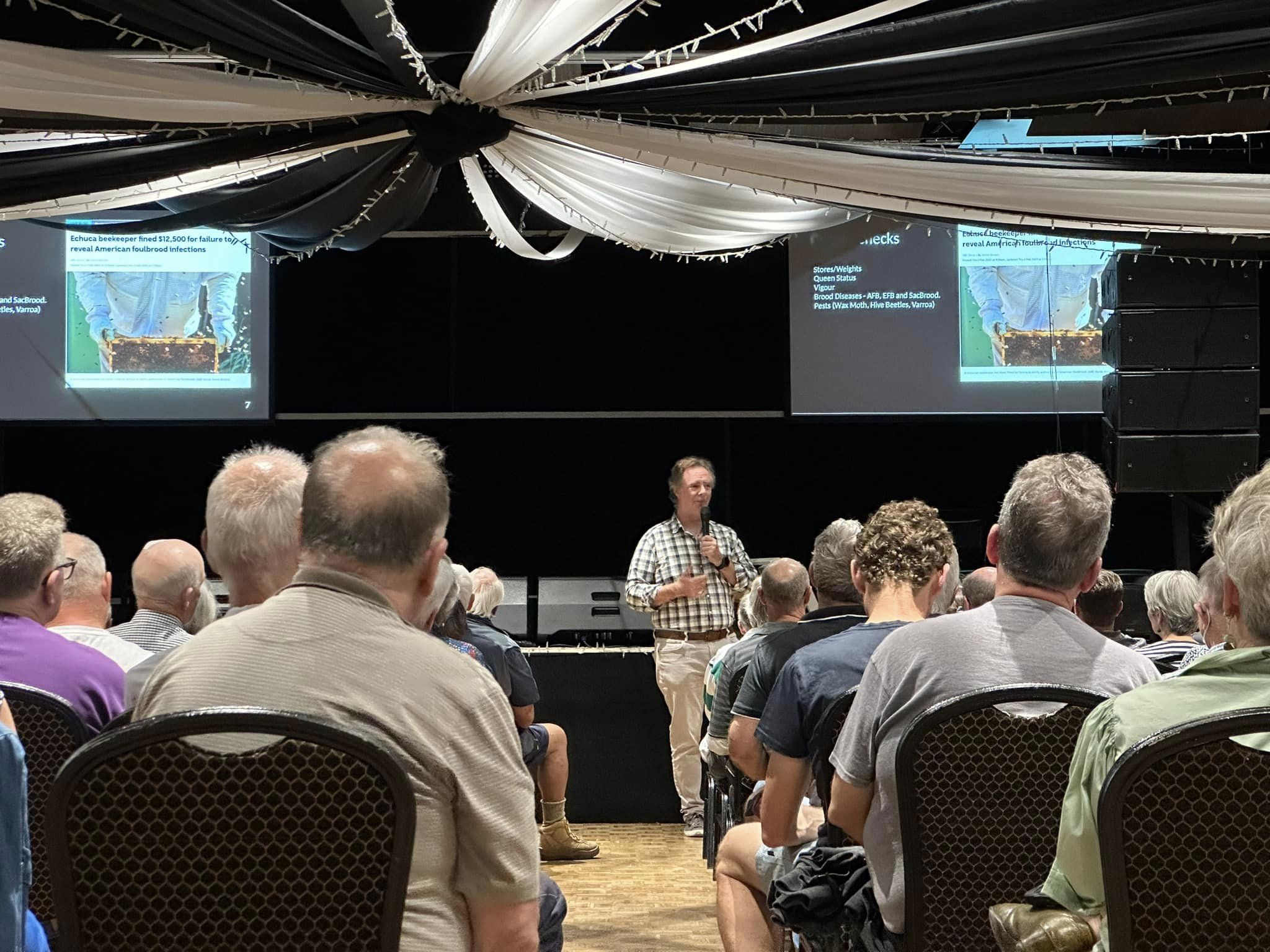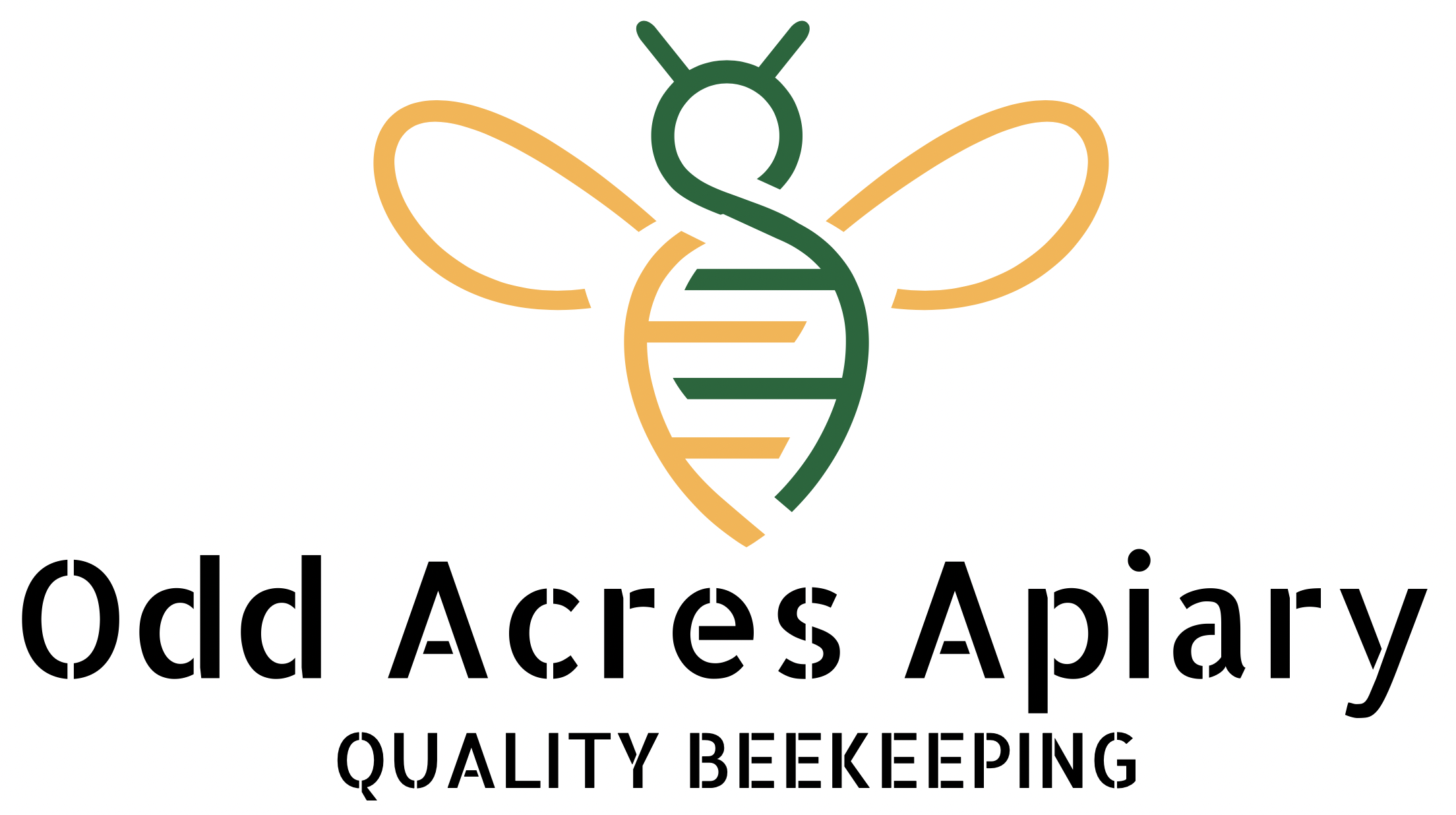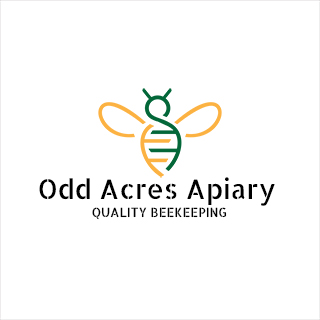
Presenting at the ACT Beekeepers Association
Occasionally, I am offered the opportunity to present to the Canberra Region Beekeeper’s Association. Just recently, I provided a presentation on Backyard Queen Rearing.
I believe beekeeping is an applied science—a more significant understanding results in better application. Mastering a new skill helps you to progress and to try new ideas. And improved knowledge with practical skills helps increase success.
Success leads to greater Enjoyment – why else would you do it?
In the presentation, we stepped through the following subjects:
- Queen Lifecycle.
- Nurse Bee behaviour.
- Larval stages,
- Nutrition and
- Integrated Pest Management.
In time, I hope to put together a course and provide some intermediate content in addition to the courses already run in Canberra. Yet I sense running a course like this could be a hard sell. There were many perceived barriers by recreational beekeepers about rearing one’s queens – typically:
- It’s hard! I can’t find the queen! How could I possibly raise a queen?
- I’ll need loads of gear.
- Commercial queens are better – I’d be wasting my time.
- Annual Re-Queening is cruel and unnatural.
So, let’s dispel these concerns one by one.
Backyard Queen rearing is not complicated. A few simple techniques available today don’t require you to sift through a colony looking for the queen. The methods require no grafting or highly specialised equipment or skills. Simple techniques such as hive splitting or double screen boards allow any beekeeper to undertake a managed re-queening of a colony and not need to find the queen at the outset.
Limited equipment. The bees do all the work, and by having a single hive infrastructure, you already have 99% of the equipment you need. One or two inexpensive pieces of equipment will allow you to re-queen reliably for many years.
Local vigour does matter. Imported commercial queens will not have the adaptations to your local area. Sure, the imported queens are likely to perform well. But you run the risk that they may not perform well. The imported bees may be rejected as you try to introduce them. Also, you have to deal with the existing queen.
Annual re-queening is entirely natural. Colonies re-queen annually via swarming, supersede as required and show no mercy to a weakening queen. Colonies that do swarm leave new queens behind and face an uncertain future out in the wild. Annual re-queening is simply managing this process to get an optimal outcome for the bees and your neighbours.
Probably the most critical factor we haven’t mentioned is your independence as a beekeeper. You don’t have to be at the mercy of queen breeders/rearers in early Spring or late Autumn. You can help those around you – and you, in turn, can be helped.

